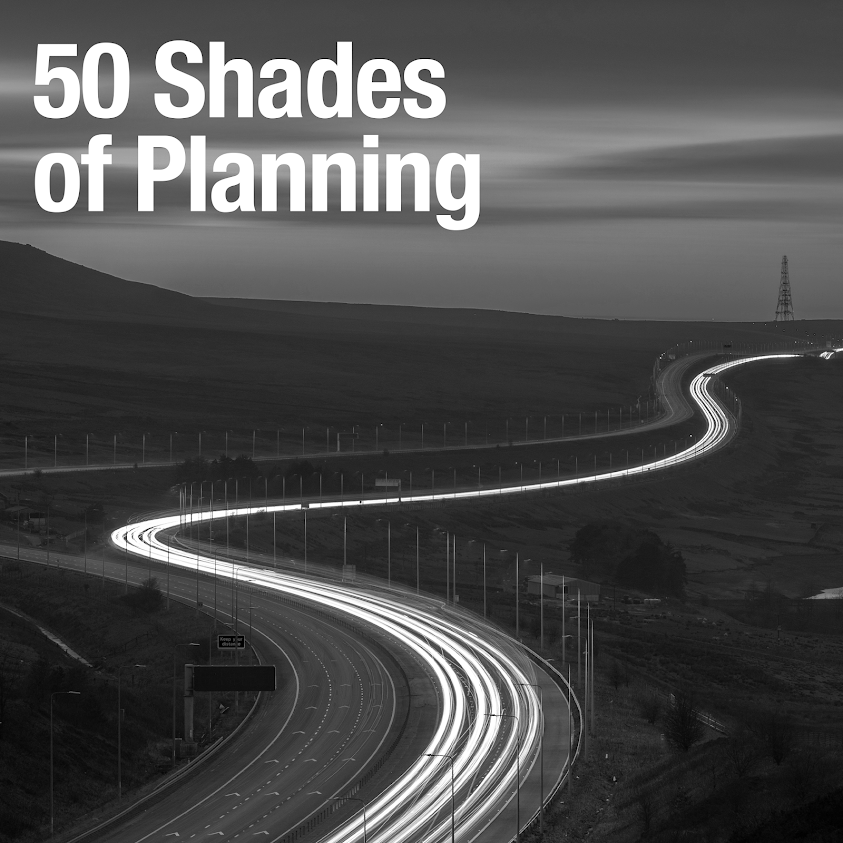Last week I watched a councillor object at a public inquiry to an eminently sensible proposal for a sustainable extension to a town widely acknowledged to be a focus for future growth. The following day the same councillor retweeted a post from The Economist highlighting that concern over housing is at its highest level since May 2008 at 15% (the Economist's article is here).
That retweet may have been out of interest and not endorsement, but it serves to illustrate the fundamental reason why there is a housing crisis in this country. That reason is summarised by Ipsos Mori in it's submission to the Lyons Review:
Our
surveys point to a local ‘enough already’ sentiment, and the national
sense of crisis is felt much less keenly by people locally. In fact,
more disagree than agree that there is a local crisis (49% vs 45%) and
36% of those who think there is insufficient local affordable housing
disagree that new homes need to be built.
Planning is collaborative endeavour undertaken by three principal parties. the planners, the public, and the public's representatives. The planners' influence on the process is regulated by the fact that planning applications have to be considered, and local plans have to be prepared, in accordance with relevant national policy. It is the public's representative, the councillors, that ultimately determine whether a planning application can be approved or whether a draft local plan should be submitted for examination.
In response to the growing housing crisis commentators have proposed ideas ranging from the weird and wonderful to the pragmatic and practical for both the planning system and the wider land and development system within which it operates. No amount of reform, however, would prevent a planning committee member grandstanding in front of an audience when refusing an application, or a council leader kicking a local plan into the long grass so that an objective assessment of housing need is not published before a local election.
As Ipsos Mori note, as long as councillors think that public opposition is the biggest barrier to increasing housing supply (and they do), there is a risk that they follow what they think opinion is, and don’t lead it to where they think it ought to be in the best interests of the whole community.
There are though indications that public opinion may be changing. DCLG has published findings on public attitudes to house building based upon the 2013 British Social Attitudes Survey. This suggests that opposition to new homes fell substantially between 2010 and 2013, with 46% of respondents saying they would oppose new homes being built in their local area in 2010, compared to 31% in 2013. The proportion that was supportive increased from 28% in 2010 to 47% in 2013, but that 47% is still below the 73% who agree that 'there is a shortage of homes that are affordable in my area'.
Concern over housing might be at it's highest since May 2008 at 15%, but it will need to be a lot higher before planning applications are approved without the need for public inquires and local plans are adopted without the need for arguments about housing need.
As Paul Weller said...
Concern over housing might be at it's highest since May 2008 at 15%, but it will need to be a lot higher before planning applications are approved without the need for public inquires and local plans are adopted without the need for arguments about housing need.
As Paul Weller said...


Comments
Post a Comment